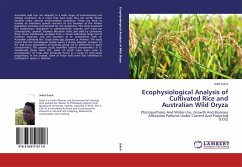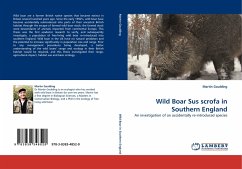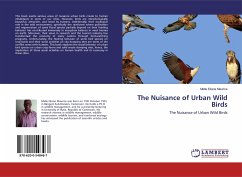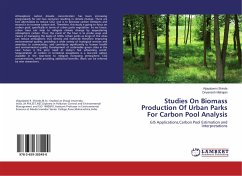Australian wild rices are adapted to a wide range of environmental and climatic conditions. As a result they have traits that can confer fitness benefits under adverse environmental conditions. These are likely to provide an important genetic resource to rice breeders as the human population increases and demand for rice accelerates. This study examined the evolutionary divergence in photosynthetic capacity and water-use characteristics, growth, biomass allocation traits and yield by comparing three Oryza meridionalis ecotypes from a broad latitudinal range across northern Australia, and one accession of O. australiensis, with an Australian cultivated rice - Oryza sativa spp. japonica cv. Amaroo. The study found that the hydrological regime exerts a strong selection pressure on the wild Oryza populations of Australia giving rise to differences in plant characteristics. The present study identifies ruderal characteristics in O. meridionalis (Keep River NT), some of which have beenused in domestication of crops. Also previously found in a range of wild cereal progenitors, in this analysis, some of these traits were also identified in cultivated O. sativa cv. Amaroo .
Bitte wählen Sie Ihr Anliegen aus.
Rechnungen
Retourenschein anfordern
Bestellstatus
Storno








